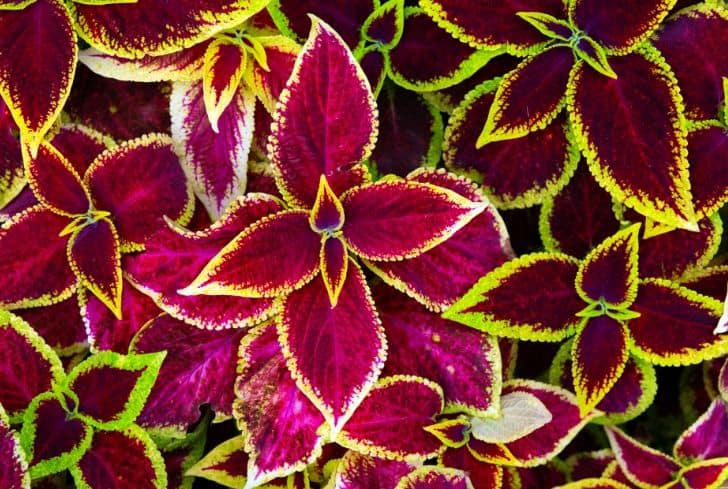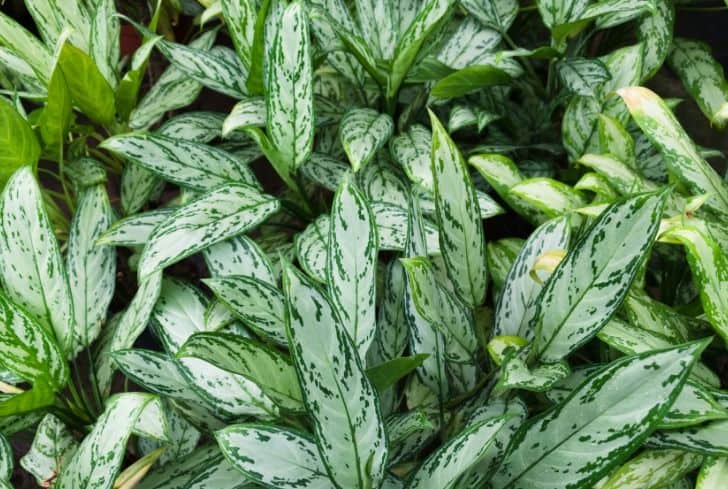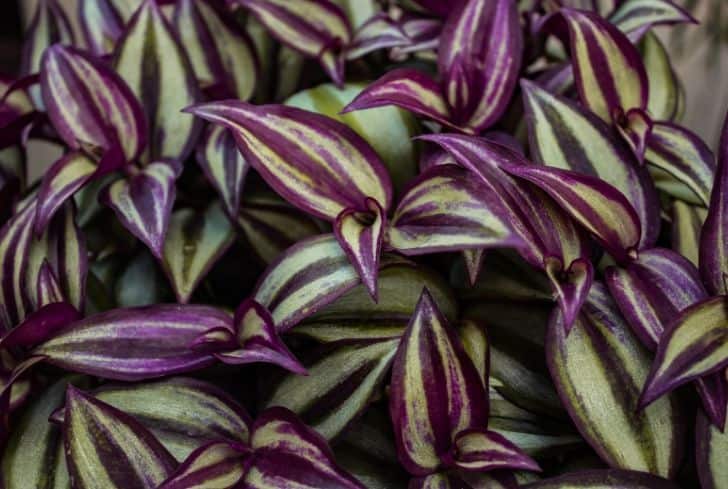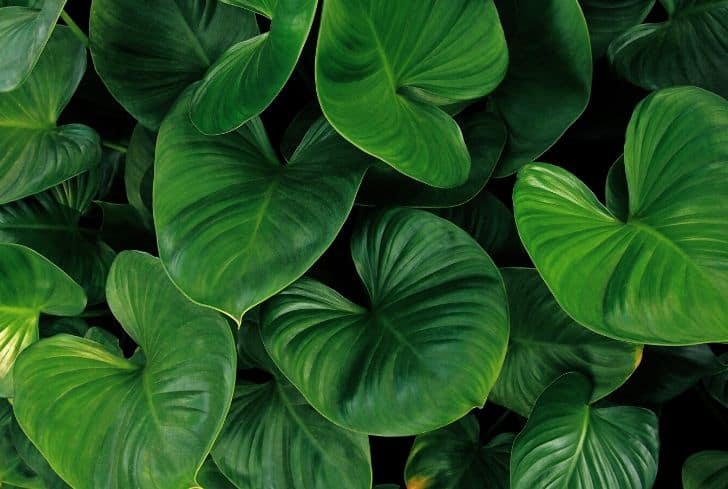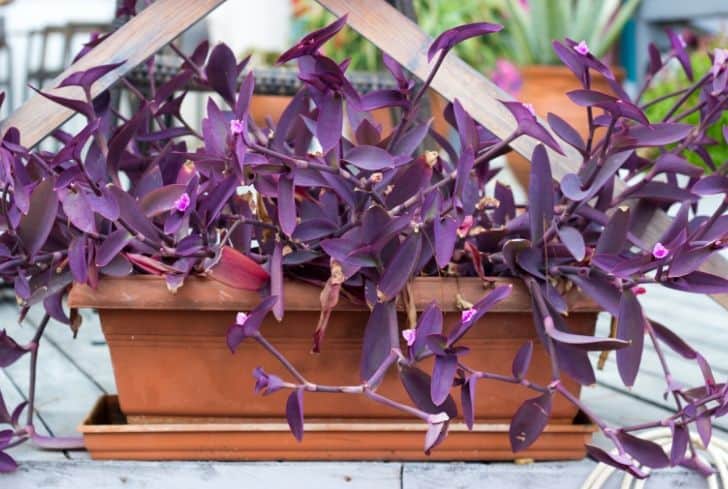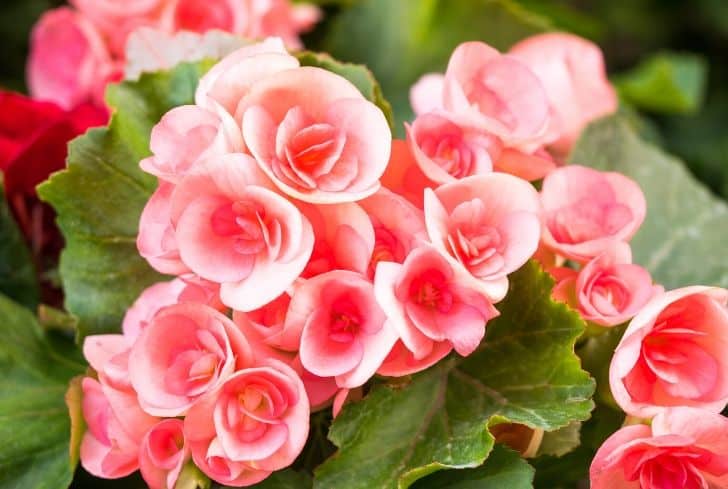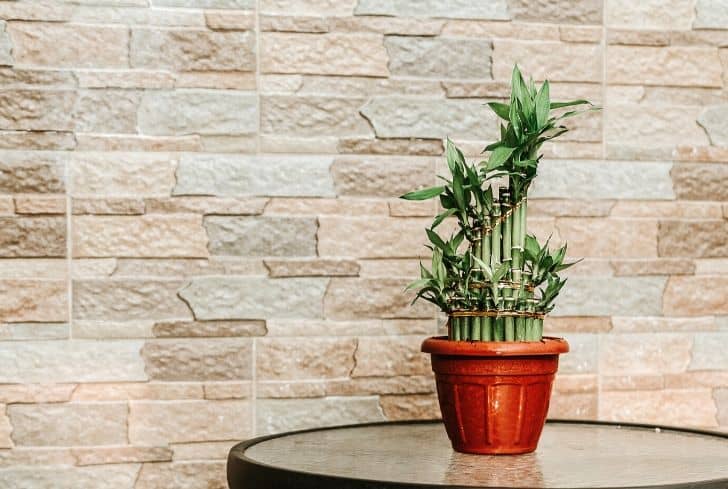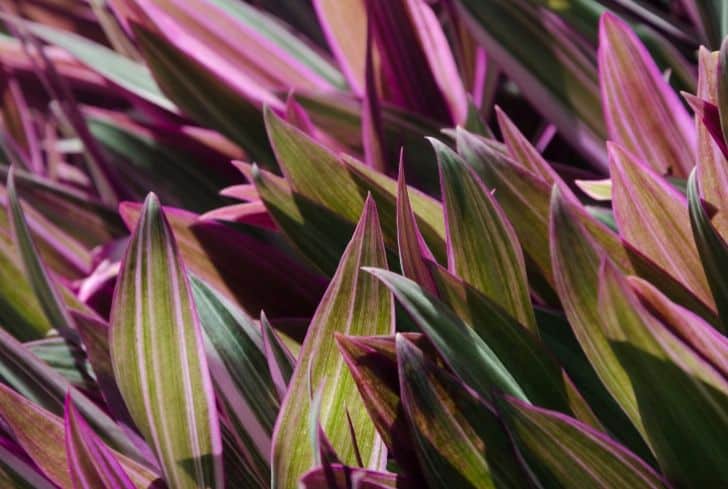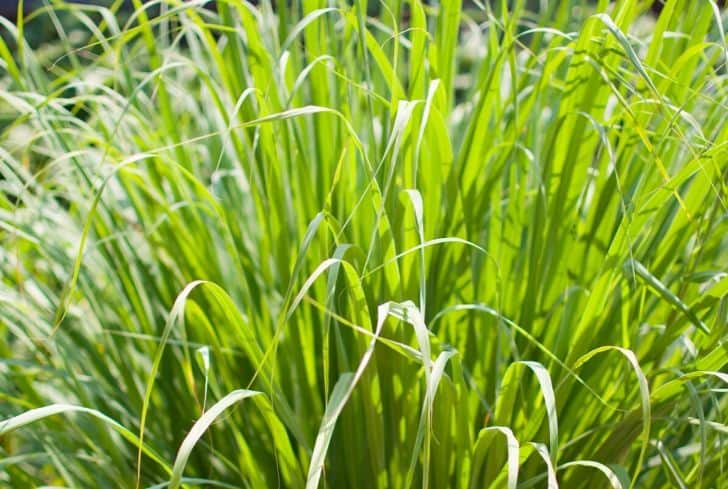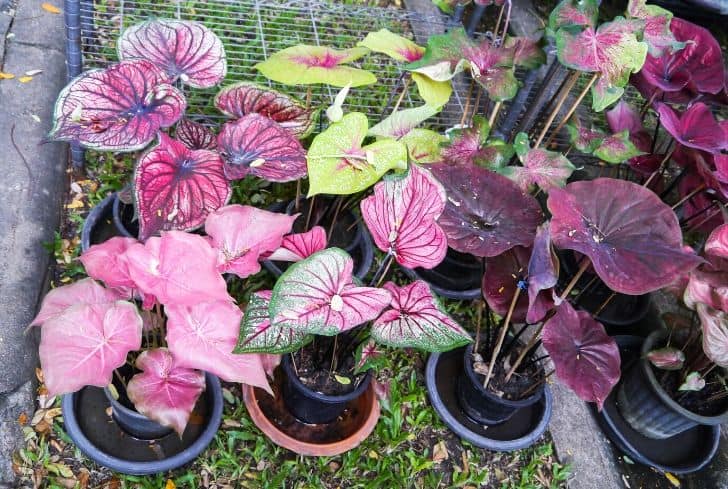Whether you have a houseplant or an indoor garden, growing plants in water beads can be rewarding, to say the least. It is a perfect arrangement for individuals with limited space, and the use of water beads makes the entire growing process have remarkably less amount of mess. Generally, the process is quick, low-maintenance, and pest-resistant.
That said, it’s worth noting that this growing technique isn’t for all plants and needs to be done with caution. This elicits the question — what are the plants that thrive well in water beads, and what guidelines should you ensure while caring for them?
Well, that is exactly what we will learn in this article. Over the next few sections, we’ll understand what water beads are and take a closer look at the 15 best plants that can grow in water beads.
What are Water Beads?
Water beads can be best defined as a substitute element for natural soil. Over the years, this plant-growing technique has gained massive popularity for its inherent water-retaining ability.
Thanks to this feature, the beads store water for a significant amount of time and eventually release it in small bits. The process of releasing water can continue for days and (in some cases) even months. The process is less messy, and it keeps your plant moisturized all way round.
With that said, let’s now get into the nitty-gritty of today’s article by examining some of the plants that can thrive exceptionally well when growing in water beads.
Coleus
If you’re looking to draw attention to your home or garden space, Coleus might be a top option. With its vibrant and colorful leaves, this is a favorite of individuals who are looking to fill up their living space or garden area.
Growing Coleus in water beads is quite simple. Follow the below steps to get started:
- Choose a Coleus plant with a long stem and a bud at the end
- Now, take around two to six inches of leaf-cutting right under the leaf node.
- Pinch the lower leaves on the stem with your fingers
- Keep the stem in a glass-lined with water beads
- Place the glass near the windowsill or in the garden where it has access to plenty of light
If you follow the correct guidelines, coleus cuttings can grow for several months without any soil. You will start noticing roots in a couple of days and soon, you’d find them blooming.
Chinese Evergreen
Whether you’re a newbie or an experienced gardener, the Chinese Evergreen is an excellent plant that can grow on water beads. The defining quality of this plant is that it is not merely durable but also easy to maintain. It can comfortably grow regardless of the quality of the light or the air and doesn’t even require frequent watering like its counterparts.
You can follow the below steps to grow Chinese Evergreen in water beads:
- Cut around five to six inches from the mother plant’s bottom right end. Ideally, you should do this before summer or when spring is about to end.
- Try to ensure that you’ve cut right under a bunch of leaves.
- Gently remove the leaves evolving from the latter half of the plant.
- Set the plant in a glass with water beads and make sure it gets plenty of natural light.
It will take around two to three weeks for the roots to start growing. You will notice that the Chinese Evergreen Plant assumes a large size quite quickly. If the growing size is inconvenient for you, consider trimming the plant once in a while.
Wandering Jew
This is yet another excellent addition to your indoor or outdoor garden. The Wandering Jew grows quickly, and its trailing stems are a beauty, to say the least. These spectacular plants also feature dense foliage of purple, pink, and green leaves with a light silvery undertone.
Being Tropical in nature, these plants are a top pick among indoor gardeners. They are also one of the simplest, low-maintenance houseplants for the masses. If you’re planning to grow the Wandering Jew, here are some steps to consider:
- Cut around four to six inches of Wandering Jew from a mature variant.
- Try cutting right under the node.
- Gradually remove the leaves from the end of the stem.
- Keep it in a vase or a glass with a narrow end and a wide top.
- Position the plant in a way so that the leaves are right above the vase’s rim. The leaves shouldn’t touch the water as water induces rotting.
- While you should ideally place the plant in a spot with adequate light, it is recommended to avoid direct sunlight as it might affect the plant’s growth.
- Check the water beads from time to time and replenish them with water whenever necessary.
English Ivy
English Ivy is both beautiful and easy to maintain. It grows consistently and can deftly add a wild feel to your outdoors. While growing these plants, make sure they have adequate light; else the plant might dry out or get sick. Lack of light might also increase its vulnerability towards pests:
If you’re planning to grow English Ivy with water beads, here are a few pointers to consider:
- Water the Ivy plant at least a day in advance before cutting it.
- Next, cut around five to six inches of the plant right from its stem. Your cut should include around three to four sets of leaves.
- Gently transfer the plant to a vase and make sure the stem is submerged in water.
- While cutting the plant, avoid direct contact with sunlight.
The Ivy will start growing roots within four to six weeks. At this point, it will require occasional pruning once in a couple of weeks.
Peace Lily
This is yet another beautiful plant that can completely transform the look and feel of your home. The best part is that they grow in water beads and can thrive for years.
If you’re planning to plant a Peace Lily in water beads, here are some things to do:
- Get a mature Peace Lily from the pot.
- Wash the roots in lukewarm water to remove every minute trace of soil.
- Continue washing until you can clearly see the roots.
- Snip out the offshoots. Your cut should include three to four leaves.
- After this, you can directly add the plant to a glass bowl or a vase with water beads.
Note that, unlike other plants that thrive on water beads, Peace lily might require some degree of maintenance. That is why it is best to add more water at least once every week or fortnight.
Philodendron
If you tend to forget to water your plants once in a while, Philonderon might be an ideal pick. Easy to maintain, these plants are available in a range of beautiful and diverse shades. The best part is that you can either keep them as a trailer or as a bushy plant.
If you’re planning to grow Philonderons, here’s what you need to do:
- Cut around six to seven inches from a mature plant.
- Your cut should include at least three sets of leaves.
- Now start removing some leaves from the end of the stem.
- Transfer the remaining plant to a bowl or glass with water beads.
For the best results, you should consider adding more water to the beads at least once every week.
Purple Heart Plant
If you’re planning to grow the Wandering Jew, you might as well give the Purple Heart Plant a try. No, they do not belong to the same species. They do, however, come with similar maintenance guidelines, and both have a beautiful purplish hue.
You can grow these plants at home by following the below steps:
- Take one to two stems and cut right under the highest leaf.
- Similarly, cut off the leaves lined at the bottom.
- Next, take the plant and keep it in a glass jar. Make sure the nodes are submerged in water.
Purple Hearts are known to be quick growers, and given the incredible colors they come in; you wouldn’t be disappointed after adding them to your indoor garden.
Begonia
If you’re fond of vibrant hues, Begonias should definitely be in your water bead plant garden. These are one of those rare plants that allow you to keep a dash of the summer sun at home all year round.
While the guidelines for growing Begonia might vary depending on the species, here are some basic pointers to note:
- Pick a healthy Begonia plant that is both sleek and long.
- Snip around four to five inches right below the node.
- Remove all leaves, barring one of two sets at the upper part of the stem.
- You should also remove the flowers at this point.
- Finally, cut the bottom of the stem and transfer it into a vessel of water.
Begonias will grow quickly, and it will take around two to four weeks for them to develop completely.
Lucky Bamboo
The Lucky Bamboo plant derives its name from the Chinese, where it is believed to bring good luck and wealth. The same holds true in Western culture, where it is believed to bring prosperity and happiness. Either way, Bamboo is an easy plant to grow, and growing it in water beads is even simpler.
Here are some guidelines to consider while growing the Bamboo plant in water beads:
- Arrange at least five to six stalks of the Bamboo plant.
- Transfer the plant to a glass or a vase with its roots submerged.
- Always line purified/distilled water to the glass beads.
- Consider adding water to the jar/vase once a week.
Dumb Cane
This is yet another excellent plant you can attempt to grow with water beads. Ideal for both living areas and office spaces, Dumb Cane plants are an absolute delight! They are not just easy to grow but also quite simple to maintain.
If you are planning to grow a Dumb Cane plant any time soon, here are a few guidelines to consider:
- Cut a few stalks of the Dumb Cane plant and transfer them to a bowl or a glass.
- Check the water level from time to time.
- Make sure the plant gets ample light.
Note that overwatering is a major concern for Dumb Cane plants. So, if you are planning to get one at home, make sure you do not expose it to excessive amounts of moisture.
Moses-in-a-Cradle
Alternatively known as the Rhoeo plant, Moses-in-a-Cradle is an ideal plant for your water bead gardening project. It grows fairly fast and requires minimum maintenance.
Here are some guidelines to consider while growing Moses-in-a-Cradle with water beads
- Cut two to three stalks from a mature plant.
- Wash the roots carefully and put the plant in a glass with water beads.
- Next, keep the plant near your window sill, where it gets a moderate amount of light.
Note that, unlike many other plants, temperature regulation is vital for Moses-in-a-Cradle. The ideal temperature for optimal growth is 10 to 15 degrees Celsius. So, if you think it’s getting too hot, move the plant from the window sill and keep it in partial or complete shade.
Lemongrass
If you’re fond of growing herbs, Lemongrass might just be the perfect plant for you. Since these plants can thrive on water alone, maintaining them is fairly simple, and things won’t get much messy either.
Follow the below guidelines to grow Lemongrass plants in water:
- Take a hearty stalk of Lemongrass and make sure the bulb is intact
- Put the root end of the plant in a glass/vase and submerge the ends with water beads
- Consider placing the plant on your windowsill for optimal sunlight
- Add water whenever necessary
If you follow the correct guidelines, the Lemongrass plant will grow quickly over the following weeks.
Celery
As with Lemongrass, you can grow Celery at home, and growth will be noticeable in less than a week or 10 days (at most). Here’s what you need to do to grow this plant with water:
- Cut five to six inches of Celery stalk from a big bunch.
- Put the stalks in a glass or a bowl with at least one inch of water.
- Make sure the stalk receives ample sunlight.
Once you follow this simple routine, you’ll witness a beautiful celery plant growing within your space.
Caladium
If you’re fond of beautiful foliage, the Caladium plant might be your best choice. These plants require minimal supervision and have an exceptionally fast-growing rate.
To grow a Caladium plant, follow the below guidelines:
- Line a glass with water beads.
- Transfer around five to six stalks of Caladium plants in the glass. Note that the plant should have its roots intact.
- Hydrate the beads whenever necessary.
You’ll observe minor growth in the roots over the following two weeks.
Arrowhead
These are yet another excellent addition to your water bead garden. To grow Arrowheads, follow the below guidelines:
- Cut no more than five stalks from a mature Arrowhead plant and transfer it to a glass lined with water beads.
- Make sure the water beads do not over-moisture the roots, as it might lead to rotting.
- If the water dries out, wait at least one day before adding more water.
As the plant starts developing climbing stems, consider pruning them once in a while.
Bottom Line
Now that you have a list of the best plants that can thrive in water beads, explore your options, and pick the right plant carefully. Since we also shared guidelines about caring for/maintaining these plants, managing them won’t be a hassle either! So, till then, happy gardening!
